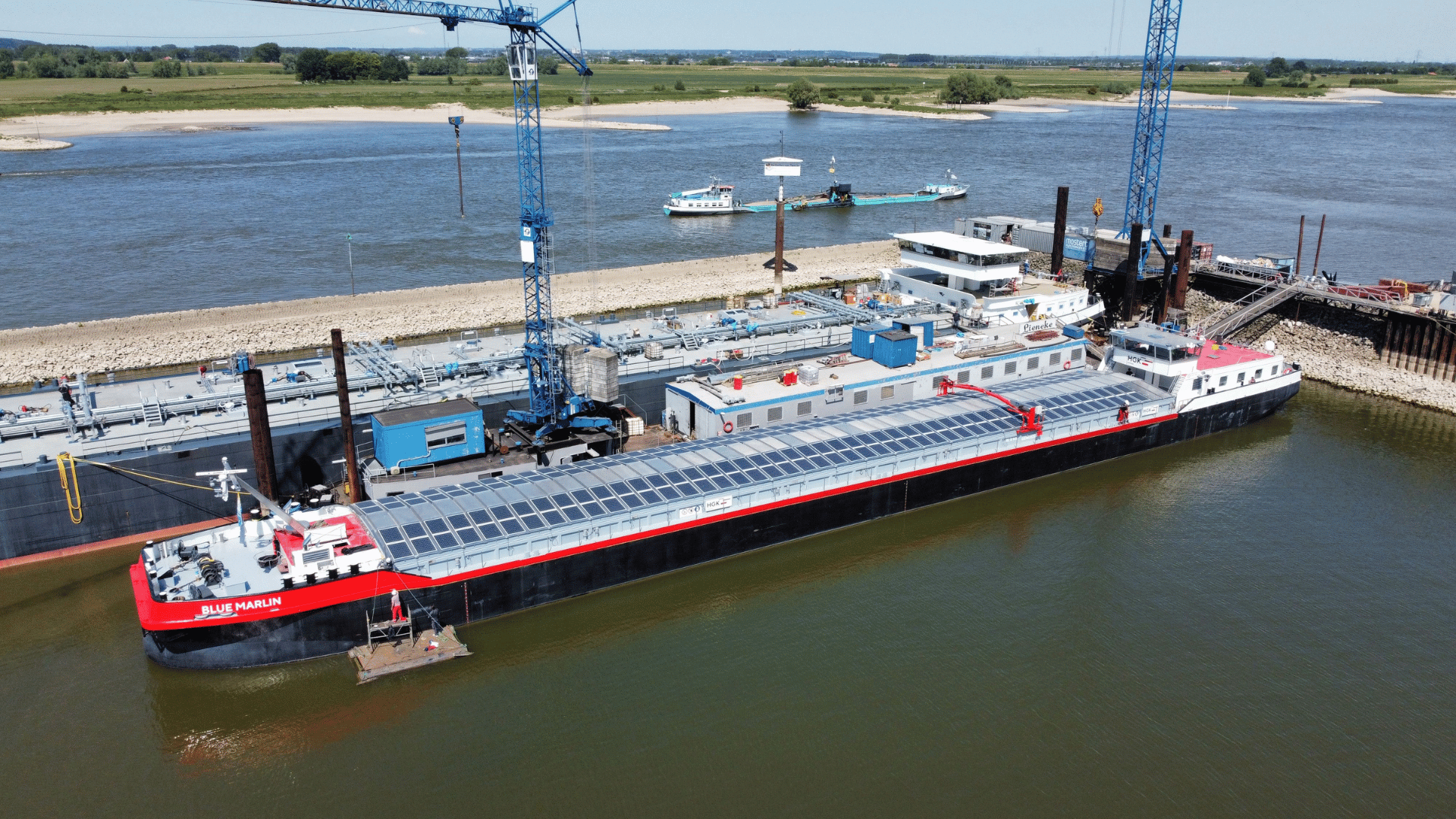In a corner of the Disney Springs shopping complex just outside of Walt Disney World, visitors have a chance to don otherworldly, futuristic garb and traverse through the Star Wars universe. They feel the weight of the blasters hitting them, the heat of lava as they cross a chasm, and are more immersed in the world of Luke Skywalker and co. than ever before.
But don’t worry…they’re never in actual danger.
The “futuristic garb” is actually nothing more than a virtual reality headset and a force-feedback-sensitive vest. Secrets of the Empire is Disney’s first big foray into the world of virtual reality, something that has become steadily more popular with the rise of systems like the HTC Vive and Oculus Rift. VR allows for the most interactive, immersive attractions possible, even more than simulator rides like Disney’s own Star Tours (also based on Star Wars) and Mission: Space.
East Science Valley
Disney isn’t the first to combine virtual reality and amusement parks, however. East Science Valley (short for East Valley of Science and Fantasy) opened in segments in Guiyang, China in 2017. In Japan, meanwhile, several VR parks are open throughout Tokyo, such as Tokyo Joypolis. These are less amusement parks and more a combination of arcade and theme parks, but the technology at use is the same as it is with Secrets of the Empire. Perhaps the most ambitious example is the Kraken Unleashed rollercoaster at Sea World Orlando, which is both a floorless steel coaster and a virtual reality experience combined.
Despite the prevalence, there’s no need to say goodbye to traditional coasters and rides yet. Virtual reality does allow for ultimate immersion, something that amusement and theme parks (especially destination parks like Disney and Universal Studios) would love given the sense of escapism that the parks already provide. And virtual reality is cheaper to construct than traditional attractions. For example, the new Pandora- The World of Avatar land at Walt Disney World cost an estimated $500 million; an Oculus Rift headset is a (comparatively) cheap $599.
Pitfalls of Virtual Reality in Theme Parks
However, the turnover for virtual reality attractions is extremely low, with only a few visitors going through each cycle (Secrets of the Empire, for example, can only host four at a time, although there are multiple “tours” going at one time). Low turnover means fewer customers per day, which in turn means less profits. The enjoyment of virtual reality is also dependent on the visitors themselves, more so than sit-down rides. Getting in and out of a ride vehicle is one thing; having to suit up in special gear and then walk around and act out battles may be too labor-intensive for some. It’s also somewhat unsuitable for children who could get easily overwhelmed by the VR experience.
It’s for this reason that Disney has decided to not premiere their first virtual reality attraction in the parks themselves, but rather the shopping centers adjacent to them. They can test the waters and gauge both reception and function without it being a strain on the parks themselves. If Secrets of the Empire succeeds, it will pave the way for more virtual reality-based attractions, not just at Disney, but at competitors like Universal Studios and Busch Gardens.
Virtual reality is, admittedly, still a technology in development. It can be clunky and headache-inducing, which isn’t exactly welcome among the already sensory-overloading world of amusement parks. But like simulator rides before them, they offer a new way to immerse guests in the world of their attractions and forget about real life, however briefly.
And unless they actually take us to a galaxy far, far away, it’s likely as close as we’ll ever get.







